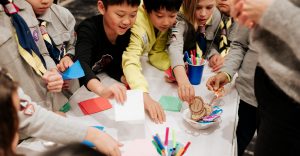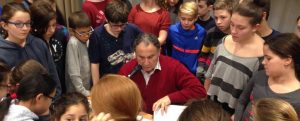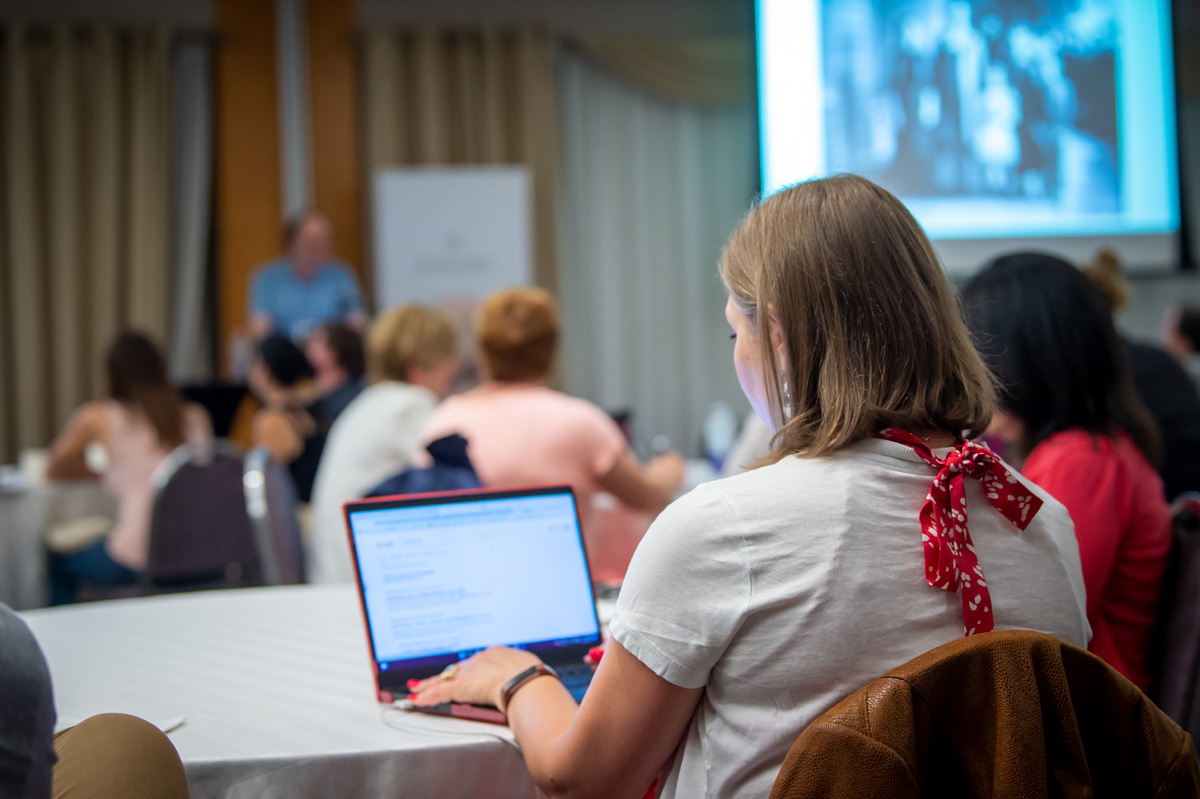A virtual history class is an interactive presentation that explores the history of the Holocaust by showcasing key artefacts and survivor testimony videoclips from our permanent exhibition. A virtual history course enables participants to better understand the stages of genocide, to learn more about the complex history of the Holocaust and to rehumanize the victims by listening to personal stories.
Learn more about our permanent exhibition.
Topics covered during a virtual history class:
- First section (early 20th century): Jewish communities in Europe and North Africa at the beginning of the 20th century, Jewish holidays
- Second section (1919-1939): The Treaty of Versailles and the Weimar Republic, Hitler’s rise to power, the persecution of the Jews, propaganda, the response of German Jews, the pogrom of November 9-10, 1938, the response of Canada and other countries
- Third section (1939-1945): Invasion of Poland, non-Jewish victims, ghettos, deportation, killing centres, different forms of resistance, the Righteous Among the Nations, collaborators
- Fourth section (1945-1955): Liberation, displaced persons camps, immigration of survivors to Canada

Educational Workshops

Opening of the Children’s Literature touring exhibition, 2020
Our virtual educational workshops enable participants to explore the experiences of Holocaust survivors by analyzing primary sources (video testimonies and artifacts).
Resistance during the Holocaust workshop: the Feigenbaum family’s story | 60 min.
95 participants max.
KEY TOPICS: STAGES OF GENOCIDE – RESISTANCE
In this workshop, participants will discover the story of Avrum Feigenbaum and his family during the Holocaust. The Feigenbaum family lived in Lodz, Poland, before the war. After the invasion of Poland by Nazi Germany, the family was imprisoned in the ghetto where Avrum’s father died from starvation. The rest of the family was successively deported to Auschwitz. Out of seven family members, only Avrum and his brother, Hersh, survived.
Through analyzing primary sources (documents and testimonies), participants will better understand the different stages of genocide, as well as how Avrum and his family resisted at every stage.
This workshop was designed to complement the teacher’s guide Studying Genocide.

Testimony with a Holocaust Survivor

Léon Celemencki, survivant de l’Holocauste, rencontre les élèves de l’école Buissionnière. Montréal, 2016
Survivor testimony | 60 min.
As part of the 80th anniversary of the commemoration of the end of the Holocaust, your groups can listen to the poignant testimony of a Holocaust survivor on Wednesday, January 22, 2025, at 10:30am and Monday, April 28, 2025, at 1:45pm.
To see here for virtual testimonies in French, click here.
Prepare your group by consulting our resources:




